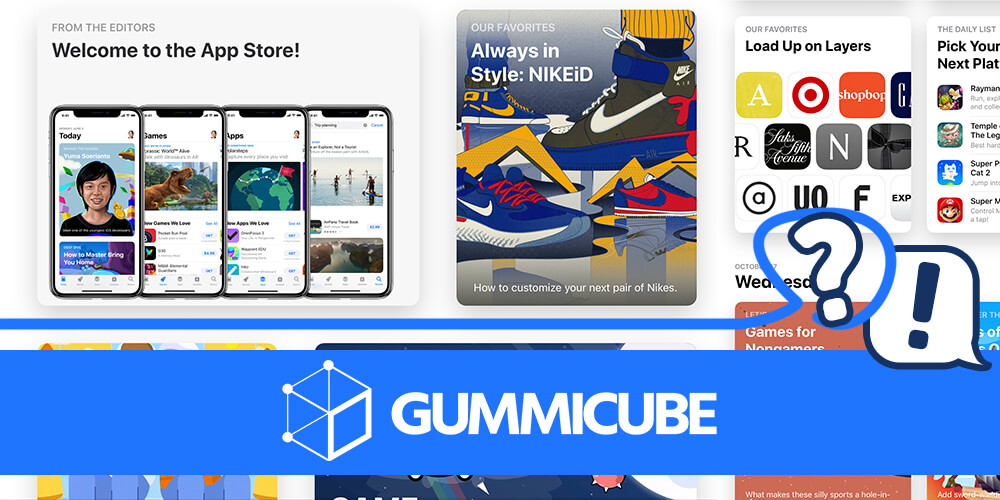
Slack App Store Spotlight
Posted on October 23rd, 2018
Slack is a team collaboration app designed to help companies and employees communicate online. Yet while it helps bring coworkers together, does it have an App Store Optimization strategy that can bring users to its app? This week, we shine a spotlight on Slack to see if its ASO is working hard or slacking off.












